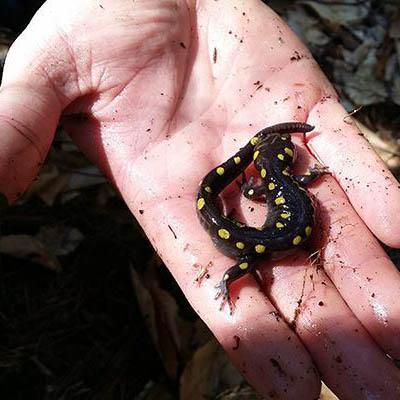History


He describes those early days this way, "In the winter of 1996, I invited forty forest landowners--referred to in the conventional forestry lingo of that time as "NIPFs," or Non-Industrial Private Forest owners--to a gathering at the Old Bristol High School. I was the Addison County Forester then, and the invitees owned a diverse array of forest parcels scattered around the county. That evening, with food and drink, and in a lovely gathering place, we explored the idea of cultivating an organization that was truly different from Tree Farm. Our organization would put forest health first—above, before, and beyond wise use. It would cultivate mutually beneficial relationship between people and the forests they own--a process that began with coining a new name for those so-called NIPFs, renaming them 'Family Forests.'
"As I organized my thoughts before speaking, I pondered what it was that the participants of this gathering had in common. It was at once obvious to me that every one of them wanted to do right by their forest. Why? Love of the land. It was from that fact that VFF’s Organic Forest Ecosystem Checklist grew, spelling out measurable, tangible, hands-on ways landowners could put their love into practice, then and to this day."
VFF incorporated as a non-profit organization in 1999 and became the first forestry group in the world to be independently certified as well-managed through the Forest Stewardship Council. One of VFF’s first major commercial projects was supplying local hardwood lumber for Middlebury College’s McCardell Bicentennial Hall in 2000.
In the years that followed, we undertook many projects with our pool of FSC-certified forests to test and apply the principles of maintaining and improving forest health while providing wood for local building projects that is grown and harvested in ways that are restorative, sustainable, efficient, local, and fair (R-SELF). In 2008, we moved away from third-party certification due to its high costs, and instead focused on our own, more stringent forest conservation standards in our work with area forestland owners.


Over the years, we have supported individual family forest owners through workshops, publications, and forestry consulting. We have explored ways to cultivate collaborative, community-centered forestry practices through many projects, such as helping neighbors work together to harvest and sell firewood, facilitating collaborative and equitable ownership of a conserved piece of land through the Little Hogback Community Forest project, and exploring options for cooperative access to small-scale, light-on-the-land forestry equipment.
Celebrations are essential to vibrant relationship with the forest community, and for many years we have helped bring about such annual local community celebrations as Beltane and Winter Solstice.
Since its beginning, VFF has conducted and overseen research that furthers our mission to promote the ecological health of local family forests, including long-term ecological monitoring through the Colby Hill Ecological Project and many shorter-term studies, such as our report to the Vermont Agency of Natural Resources on Flood Resiliency on Vermont State Lands.
In 2016, we broadened our mission to encompass our expanding vision of mutually beneficial relationship with forests, rooted in gratitude, ingenuity, prudence, compassion, and wholeness. As you explore the rest of our website, you'll see the ways we're putting our new mission into action through hands-on, hearts-on learning.






